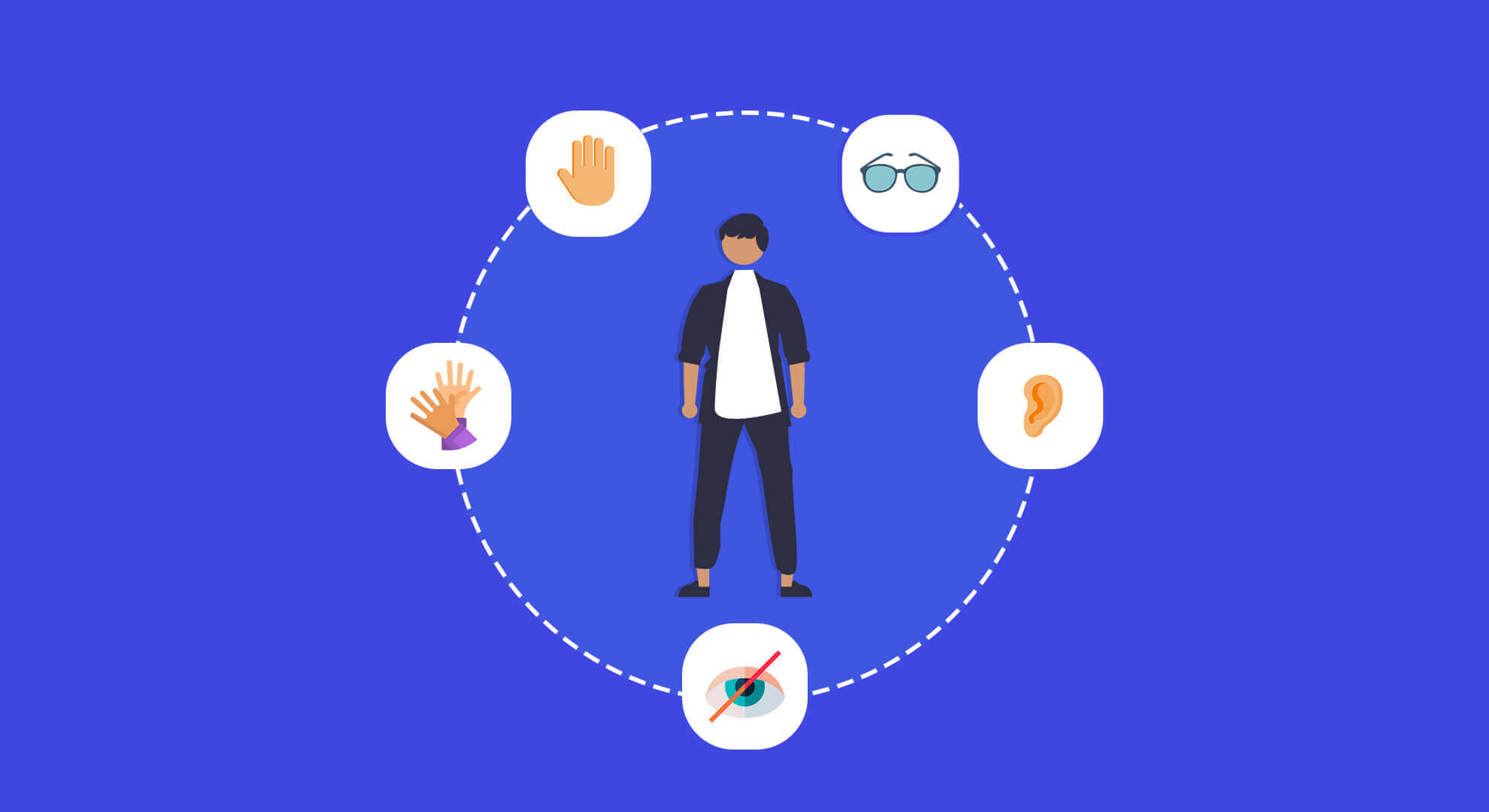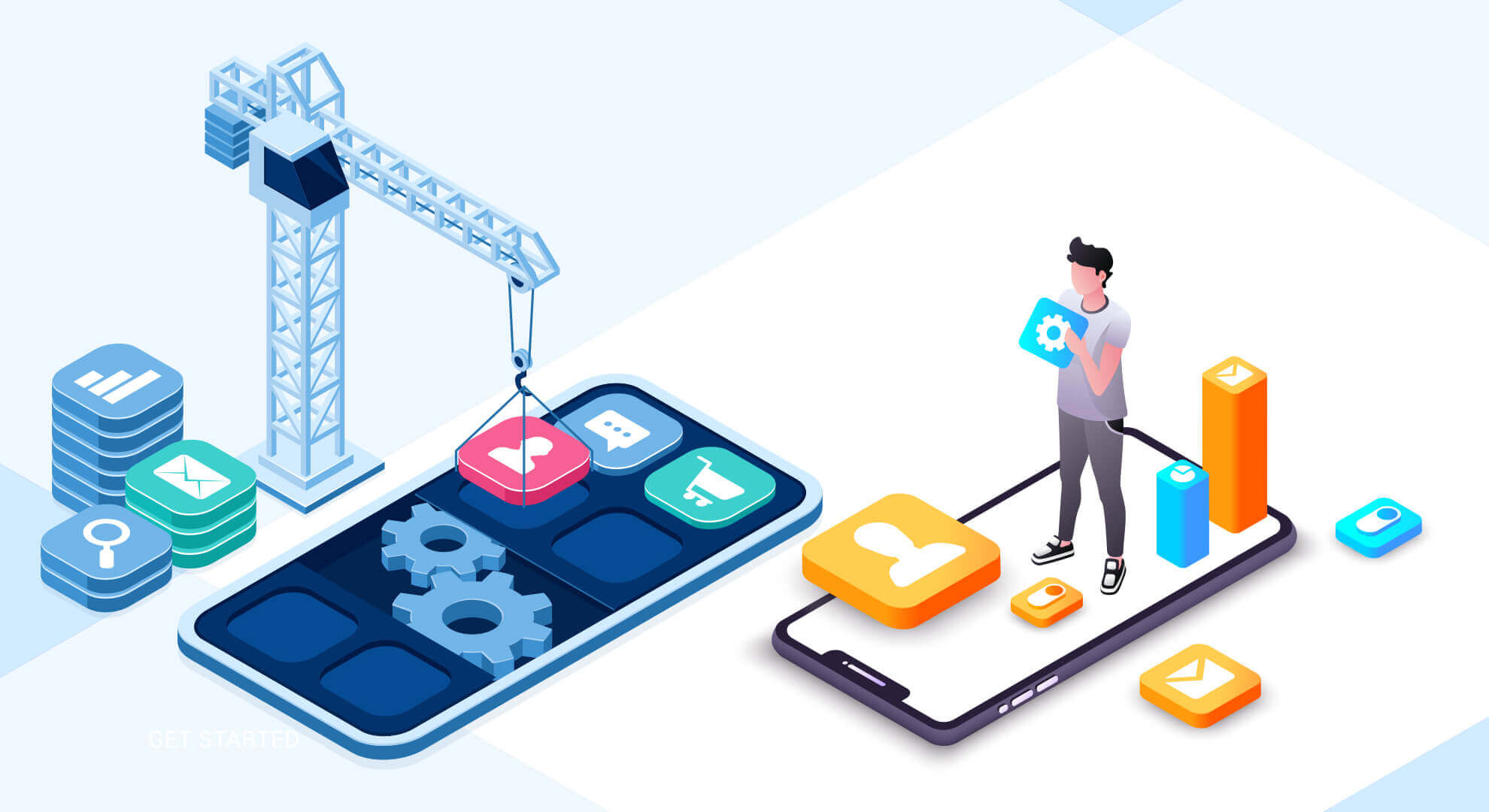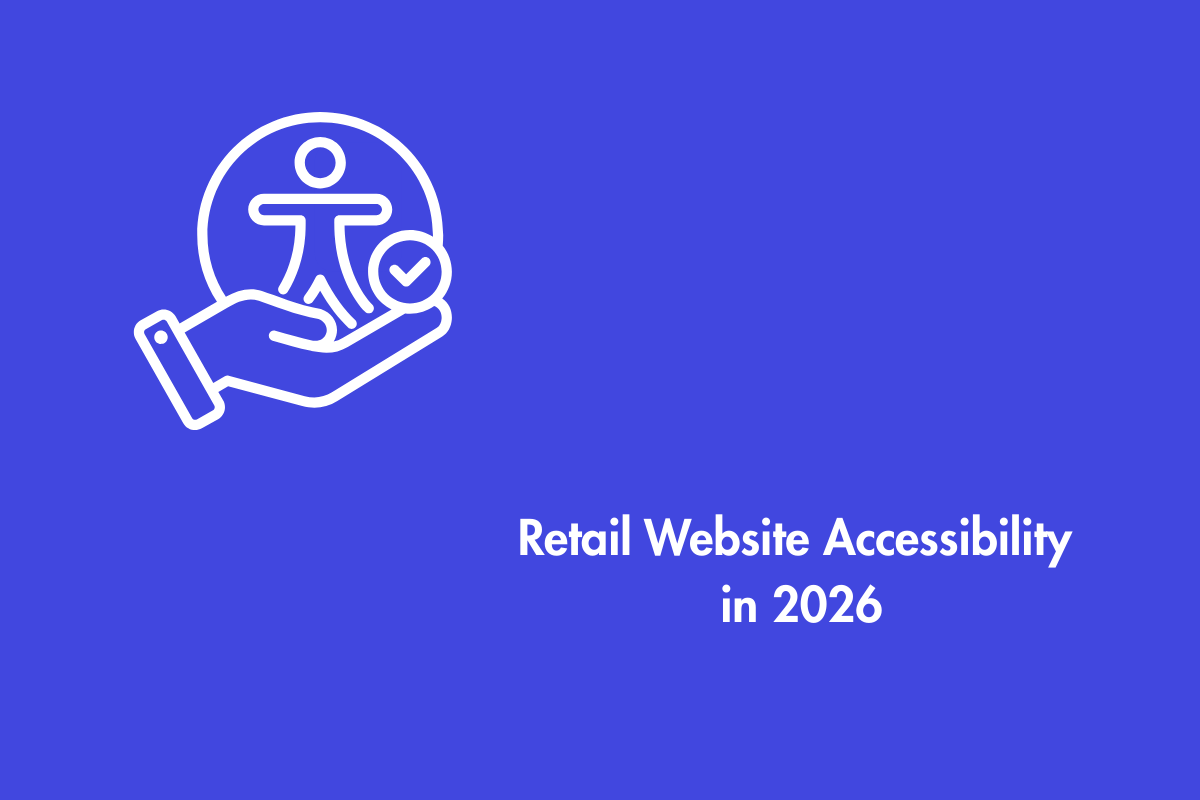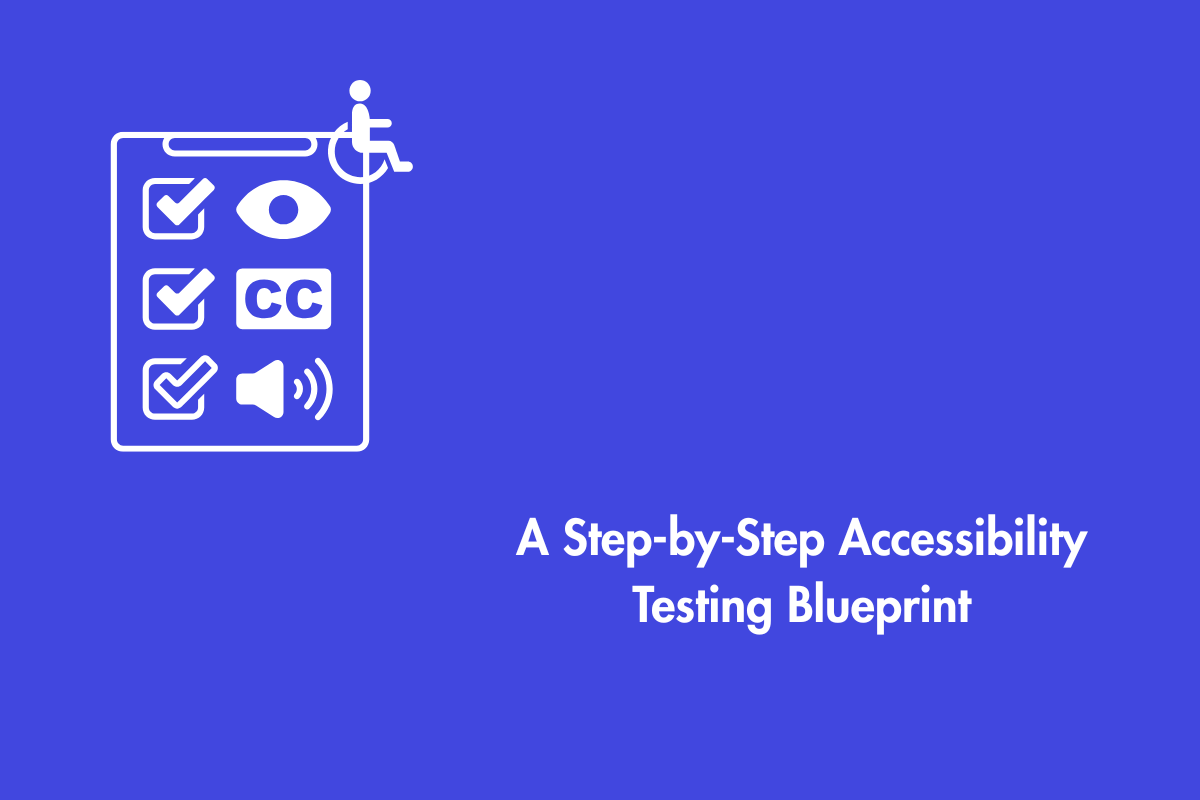The advent of mobile applications has undoubtedly improved our quality of life, but this wasn’t always the case. A lot of applications aren’t made with everyone in mind, which may be annoying, hard, or even impossible for individuals with impairments.
In order to ensure that all digital material is available to everyone, the World Wide Web Consortium (W3C) developed the Web Content Accessibility Guidelines (WCAG). Although it was developed with websites in mind, WCAG has now expanded to become the gold standard for all things digital.
However, WCAG is not the law, it has nevertheless become the de facto standard for making websites accessible to people with disabilities. This article focuses on WCAG and its relevance to mobile app development and the accessibility of web content on mobile devices.
Table of Contents
Do mobile apps need to be accessible?
A large user base is essential to the success of any mobile app.
Expanding your app’s audience will improve downloads and, in turn, revenue.
However, your program must be user-friendly in order to succeed. So, let’s get down to the details:
What exactly is mobile accessibility?
If your mobile app complies with the WAI’s standards, you’re making it easier for people with disabilities to utilize it. More than simply mobile devices, this idea encompasses the internet and social media.
In addition to these tools, you might also need access to:
- Smart TVs
- Smartwatches and other wearables
- Car dashboards
- Airplane seat back monitors
- Household appliances, etc.
Having an app that’s easy to use for everyone is crucial. See how adding captions to video content may increase views and engagement.

(Photo Description:)
Accessibility by the numbers
1) About 15% of the world’s population lives with some form of disability.
2) There are 6.7 billion mobile subscriptions worldwide.
3) App usage worldwide increased 58% in 2015.
4) Captioning helps engagement: mobile video viewership is up 532% since 2012.)
In the course of just six years, captioning boosted video engagement by over 500%. One of the greatest benefits of modern smartphone and app development is that it makes it easier for persons with impairments to participate in the mobile world.
There will also be a growing need for applications that make use of such assistive technologies as the population of the United States ages. These capabilities are standard on even the most basic mobile devices.
Smart programmers will get ahead of the curve now and make their applications available to the widest possible audience before the law forces them to.
Also read: Mobile Accessibility – Voiceover on iOS
Insights into WCAG for mobile app/website developers

Four concepts form the basis of the WCAG accessibility criteria: they must be “perceivable,” “operable,” “understandable,” and “robust” (often referred to as POUR). The W3C Mobile Accessibility Task Force applies these principles to mobile web content and mobile applications in their guide on WCAG for mobile, describing frequent accessibility concerns or considerations that fall under each principle.
By adhering to these guidelines, developers may ensure that their applications and mobile versions of online content are accessible to everyone, regardless of whether they use a screen reader, have a visual impairment, or need to perform alternate manipulation movements on mobile interfaces.
Now let us break down the WCAG principles for you
Perceivable
Everything that users need to be able to perceive in order to utilize the app falls under this area. This includes how the app is displayed to them, how the program responds to a user’s screen size, where buttons and links are located, and the color contrast between them. Issues with screen size, zoom/magnification, and enough contrast fall under this heading of accessibility concerns.
Operable
Included in this area of mobile accessibility difficulties are the provision of instructions (through tooltips, tutorials, etc.) for alternate touchscreen gestures and device manipulation motions for persons who require them, the optimization of touch target size and spacing, and the positioning of buttons. To adhere to this guideline, designers should remove any barriers that might prevent users from doing basic actions on a mobile app or website, such as tapping buttons, scrolling, etc.
Understandable
As the name implies, this section is all about making sure that everyone who uses the app or mobile site knows exactly what to do and how to change any settings that may be relevant to them. The ability to switch between portrait and landscape views, a uniform layout, the placement of critical page elements before the scroll, the clustering of operable elements that perform the same action, the clear indication of which elements are actionable, and the instructions for individualized touchscreen and device manipulation gestures all fall under the umbrella of mobile accessibility.
Robust
Support for the app’s or mobile site’s interface across various hardware and software platforms is the focus of this category. Setting the virtual keyboard to the needed kind of data input, offering simple ways of data entry, and supporting the specific qualities of the platform (such as the device and operating system) all fall under the umbrella of mobile accessibility. Adjusting the font size or wrapping expanded text are two examples of accessibility features that may not be available on all devices or operating systems.
By adhering to these guidelines, developers may ensure that their mobile applications and websites are flexible enough to meet the demands of their consumers rather than the other way around.
Developer choices made early in the design phase are mostly responsible for this adaptability. Leaving landscape mode enabled in-app and mobile site development, for instance, helps those who utilize a bigger font size, have their devices fixed into place (for example, on a wheelchair mount), and more.
Design with accessibility in mind

In order to meet legal requirements and ensure that their goods are accessible to everyone, businesses may use WCAG, and more especially WCAG 2.1 AA, to enhance their current online content and mobile applications. However, as the old adage goes, an ounce of prevention is worth a pound of cure, so creators of both applications and online content may save time and effort by including WCAG for mobile apps from the start.
Why Us?
Just like the stark differences between the two most popular mobile operating systems, their in-built screen readers are drastically different in their behavior. Our Accessibility engineers at AEL Data are proficient at testing mobile apps using VoiceOver on iOS and TalkBack on Android. Don’t wait until your app becomes unusable to test it for accessibility. Write to us today to begin your mobile app accessibility audit!



